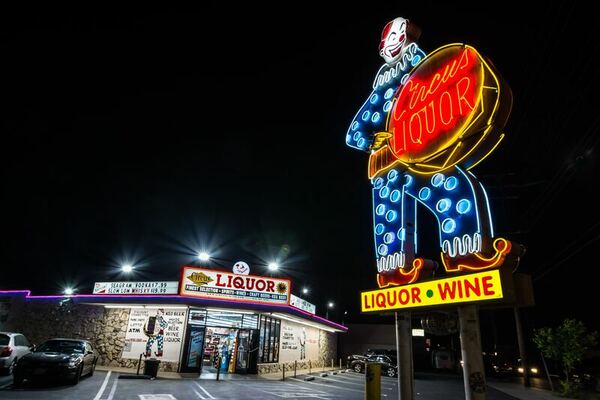The extent to which storefront alcohol advertising differs by community profile in Michigan
(1) Athens High School, Troy, Michigan
https://doi.org/10.59720/20-224
Alcohol-linked morbidities are the third leading cause of preventable deaths in the United States. Previous studies have shown that alcohol manufacturers may target ethnic minorities and youth with specific forms of advertisements in certain cities. Less is known about alcoholic storefront advertising disparities among the suburban communities of Metro-Detroit, Michigan, or about the features of storefront alcoholic advertisements in the Metro-Detroit suburbia, such as how content, size, and location are applied to target various demographics. We conducted a cross-sectional field survey of storefront alcohol advertisements in two Metro-Detroit suburban communities in close proximity: the high-income, nonminority community of Birmingham and the low- income, minority community of Pontiac. We recorded the characteristics and occurrence of storefront alcohol advertising for all licensed alcohol retailers, excluding chain grocers and pharmacies, within six defined census tracts. We determined the differences between the communities in advertisement characteristics and number using independent t-tests. We utilized Google Earth to map the position of alcohol retailers and schools. Ultimately, we found that Pontiac had more alcohol advertisements per retailer and malt liquor advertisements, with advertisements more likely to be larger and within 1,000 ft of a school (p < 0.05). These findings emphasize the need for more effective regulation of storefront alcohol advertising in Metro-Detroit communities to prevent exploitation of vulnerable residents.
This article has been tagged with: